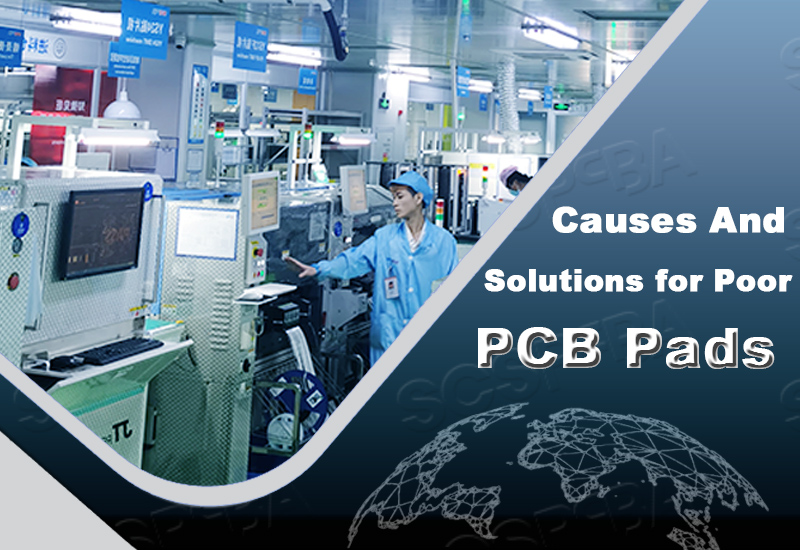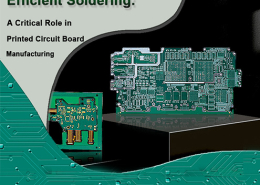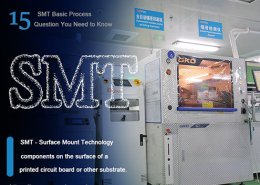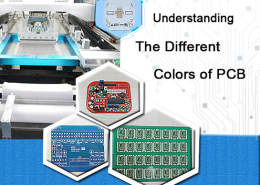Improving PCB Pad Quality: Common Welding Defects and Solutions
In the electronics manufacturing industry, circuit boards directly affect electronic products’ performance and lifespan. However, various issues often arise during PCB board fabrication, with pad problems widespread. The pad is a crucial component for connecting electronic components to the circuit board, and its quality directly impacts welding reliability. SCSPCBA will explore common causes of poor circuit board soldering and provide solutions to enhance PCB welding quality and production efficiency.
1. PCB Board Design Defects
PCB pad design is a key factor affecting pad quality. A well-designed pad enhances the reliable connection between components and the circuit boards, effectively reducing soldering defects.
Common Pad Design Issues
- Incorrect Pad Size
Pad size does not match the electronic component, resulting in insufficient contact area or poor connection strength. - Insufficient Spacing
Small pad spacing or narrow via hole design may lead to short circuits or open pads. - No Edge Trimming
Lack of edge trimming affects plug-in installation and soldering quality.
Solutions:
- Optimize circuit board pad design by selecting the appropriate pad size to match PCB components.
- Improve layout design to ensure enough spacing between pads and the circuit board, avoiding short circuits.
- Refine pad shapes, removing sharp corners or using proper fillets to enhance plug-in alignment and welding quality.
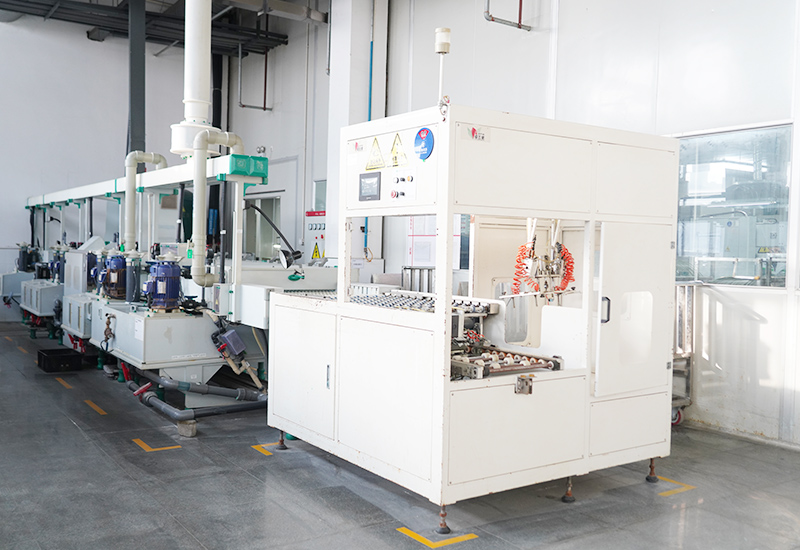
2. Printed Circuit Manufacturing Defects
The soldering process plays a critical role in controlling pad quality. A rigorous PCB assembly and soldering process ensures strong connections between components and pads, improving PCB reliability.
Common Manufacturing Issues:
- Dross Formation
Incompletely melted solder or impurities may cause dross at the soldering point. Solution: Increase solder paste viscosity, adjust heating temperature and time, and clean welding equipment regularly. - Solder Short Circuit
Conductive material between two solder joints may cause a short circuit .Solution: Strengthen quality inspection to ensure insulation between solder joints. - Poor Welding Quality
Improper soldering parameters may result in uneven solder ball distribution, leading to weak connections or short circuits. Solution: Adjust soldering parameters (temperature, time, and pressure) to ensure even solder coverage on pads. - Pad Lifting
Insufficient adhesion between the pad and the substrate can cause the connection to loosen or detach. Solution: Clean pad surfaces before soldering to remove oxides and dirt. Increase solder volume moderately to enhance adhesion. - Solder Paste Overflow
Excessive solder paste may cause short circuits or poor signal transmission. Solution: Use the correct amount of solder paste, select appropriate viscosity, and apply precise printing technology to ensure optimal paste distribution.
3. Improper Storage Conditions
The storage environment of PCB pads directly impacts soldering quality. Improper storage can lead to pad corrosion or oxidation, affecting soldering reliability.
Common Storage Issues:
- Pad Corrosion
Environmental factors or chemical exposure can corrode pad surfaces, reducing conductivity.- Solutions:
Optimize storage conditions: Protect pads from moisture, heat, and chemicals. Use sealed packaging and store PCBs in dry, well-ventilated environments to prevent corrosion and oxidation. Select corrosion-resistant materials, such as coated metal pads, to improve durability.
- Solutions:
- Pad Oxidation
Oxidation occurs due to improper storage or material defects, affecting soldering quality.- Solutions:
Apply protective coatings to prevent direct exposure to air and reduce oxidation risk. Enhance quality control, implementing regular inspections to detect corrosion early and maintain welding reliability.
- Solutions:
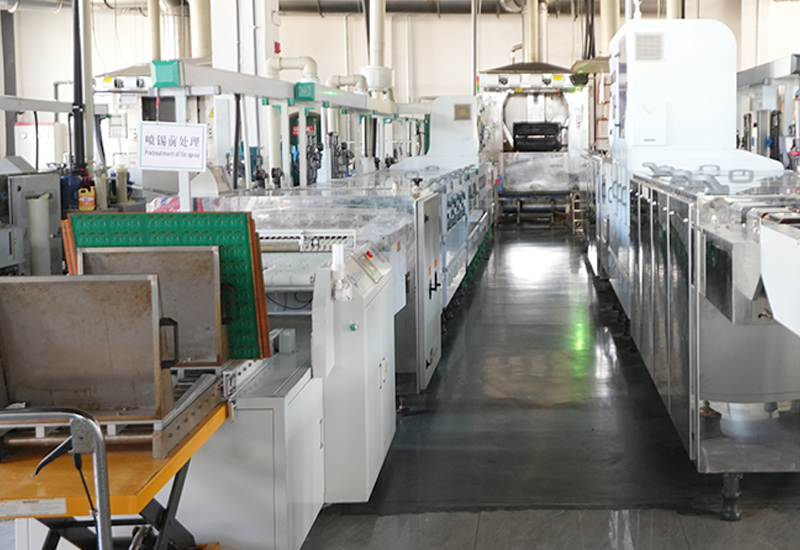
4. OEM & ODM Printed Circuit Board Assembly Services
As a professional OEM and ODM printed circuit board manufacturer, SCSPCBA provides comprehensive PCB board production, DIP/SMT assembly, and printed circuit board assembly manufacturing solutions. Our services include:
- OEM (Original Equipment Manufacturing): We manufacture circuit boards and printed circuit boards production based on customers’ existing designs and specifications, ensuring high-quality production and strict quality control.
- ODM (Original Design Manufacturing): We offer customized circuit board design, electronics component sourcing, PCB and assembly, and functional testing services, helping clients develop innovative electronic products efficiently.
Optimizing circuit board pad quality requires careful attention to design, strict control of PCB board fabrication and soldering processes, and proper storage conditions. SCSPCBA is committed to delivering high-quality circuit board manufacturing processes and printed circuit assembly services, improving electronic product stability and reliability. If you need OEM or ODM PCB solutions, feel free to contact us for expert support!

